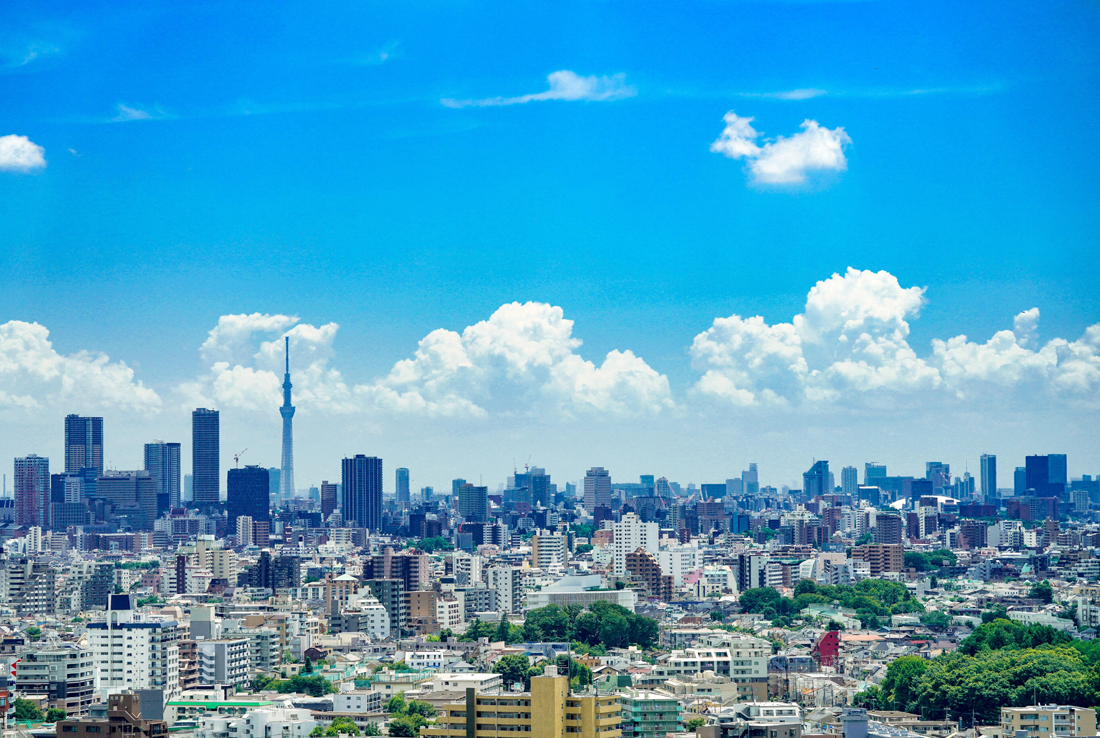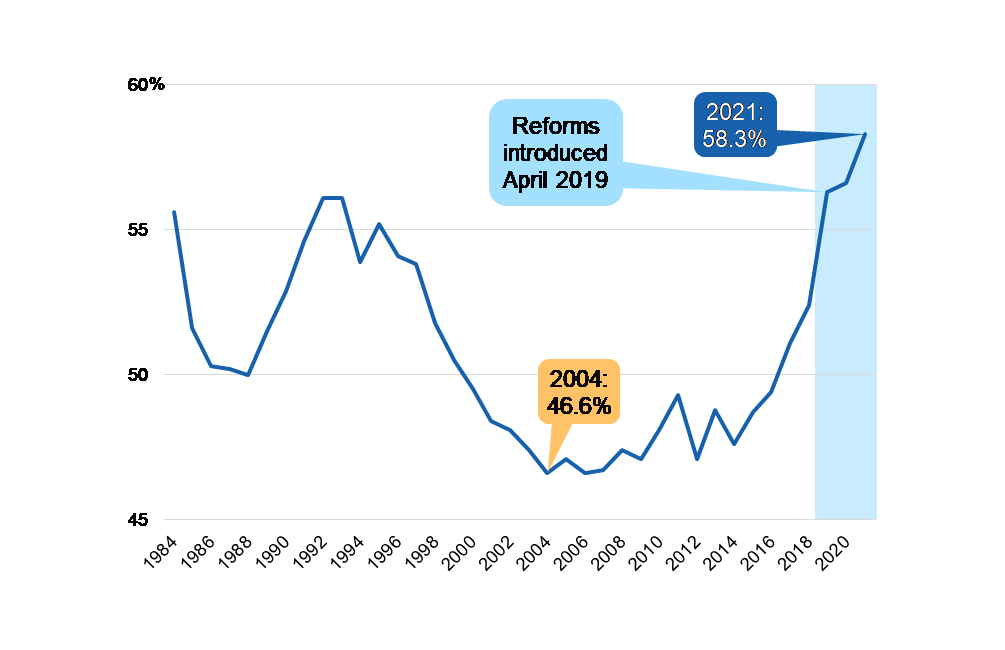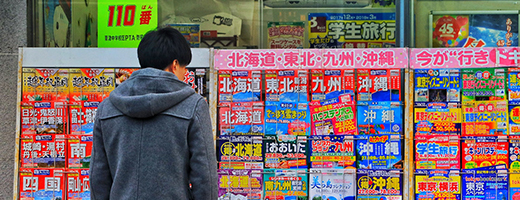Articles

Summer holidays
On the last weekend in July 2023, a million people gather in downtown Tokyo for the capital’s most popular summer fireworks display, held for the first time since 2019. The same month sees the number of visitors from overseas approaching 80% of pre-Covid levels. The pandemic is over, and holidays are here – but is Japan ready to shed its workaholic image and learn to take a break?
16 public holidays a year (second only to Colombia within the OECD) and an additional 10-20 days of statutory paid vacation (depending on years worked) means workers in Japan receive a generous allocation of time off – as long as they feel able to use it. Sadly, a culture of presenteeism means that most have tended to take far fewer days than they are entitled to, especially following the bursting of Japan’s economic bubble in the early 1990s and over the following “lost decades”. The government introduced fines from April 2019 for companies whose employees do not take at least five paid days each year; holiday usage has since improved to its highest level since surveys began, but still with plenty of room for improvement.
Other “work-style reform” initiatives introduced by the government include reviewing overtime limits, setting intervals for sufficient rest between the end of one working day and the start of the next, and reducing differences in working conditions between regular and non-regular workers. Research into the productivity benefits of similar initiatives remains inconclusive, but a (highly subjective) 2022 survey found that companies professing success in implementing the reforms claimed to have improved earnings, employee satisfaction, client satisfaction, and stock price as a result.
Covid-19 also pushed companies to make changes (Japan’s WFH rate jumped from 14.8% before the pandemic to 26.1% in 2022, and as high as 40% in the Greater Tokyo area) and workers have also no doubt reassessed their priorities in terms of work-life balance. Recent labour market tightness (as described in our recent deep dive: Signs of a Sea Change in Japan - What's Going On) will only further encourage people to take more days off.
And how will these days be spent? Research unsurprisingly finds that Japanese workers’ top choice for using time off is travel and leisure. Companies in these sectors can look forward not only to post-pandemic “travel revenge”, but also to a smoothing in demand as people take more weekdays off to avoid the crowds on weekends and public holidays.

About the author
 |
Tetsushi Wakayama, Japanese Equity Portfolio Manager
TMAM all-rounder, serving as economist, strategist and global equities analyst before moving to Japanese equities in 2020, first as investment research analyst covering banking, financials, and consumer electronics, and now as a member of the firm’s flagship GARP strategy portfolio management team. Tetsushi is also a long-suffering but optimistic supporter of the Chunichi Dragons baseball team. |
Disclaimer
The information contained in this document is intended solely for the purposes of information only and is not intended as an offer or solicitation by anyone in any jurisdiction in which such an offer or solicitation is not authorized or to any person to whom it is unlawful to make such an offer or solicitation. This report has not been reviewed by the Monetary Authority of Singapore.

